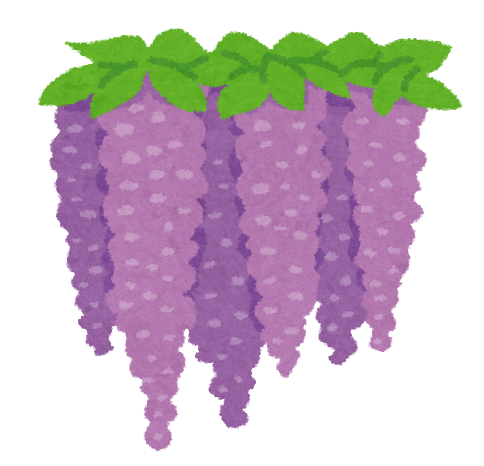Description
Students can play this individually, in pairs or in groups. So the first step is making the potential pairs or groups. The teachers provide students with multiple-choice questions, which are projected on a classroom screen. Each question has a limit of 95 characters, is displayed anywhere from 5 seconds to 2 minutes, and is restricted to four response options. Students answer these questions with their tablets and receive points for both response accuracy and promptness. After each question is answered, the correct answer will be displayed as well as a scoreboard of the highest point earners.
Kahoot!’s current service allows free access for all educators. Go to https://getkahoot.com and click on the tab that says “GET MY FREE ACCOUNT.”
Notes
To allow for maximum peer support, I suggest playing in groups. I have found the best way to play review activities is to first divide the groups. Then give each student a number in the group. After this has been established the first question is given.
The students then have time to discuss the answer. After the peer support time, I would call the number of the student who can answer the question from each group. This is how I would normally play review activities. I am not sure if it would work with Kahoot! or even be needed as points are based on both speed and accuracy, whereas other review games don’t usually consider the speed. Try both and leave a comment!!
